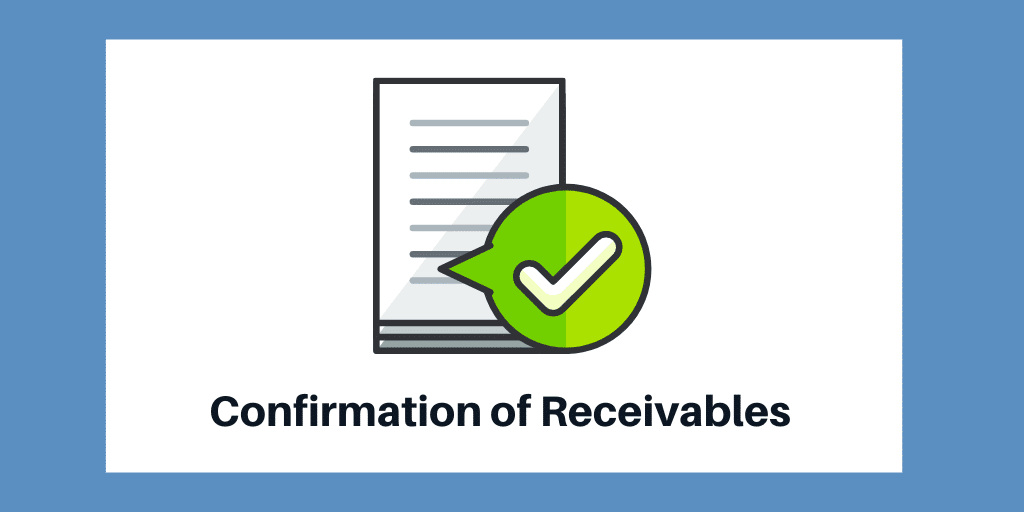
How to Solve Accounting Problems Quickly
By Charles Hall | Accounting
Do you ever need to solve accounting problems quickly?
I often hear the words, “Hey Charles, I’ve got a quick question,” and they launch into their issue, hopeful I can look into my crystal ball and give them an answer. As it turns out, I do have one. I keep it on my desktop. You probably have one too.
Most CPAs, when confronted with an accounting Gordian Knot, begin their quest to cut through the problem with their mighty sword–the GAAP Guide. Ah, an excellent choice for sure, but is it the best place to start? Or how about the granddaddy of them all? The FASB Codification. Another fine choice, but it’s an 800-pound gorilla. So where’s the best place to start? The crystal ball.
And what is the crystal ball? It’s your disclosure checklist.
You say, “but it’s just a laundry list of accounting requirements.” Yes, but it’s a great pointer (to answers).
To solve accounting problems quickly, do a word search in your disclosure checklist. My checklist is in Word, so I use the find feature (click control, find) to locate a keyword. Try to use a unique word where possible–such as noninterest or contingent. You may have to click next a few times to locate the relevant text. Once you find the relevant text, the pathway to your solution lies before you: the checklist provides you with the applicable FASB Codification ASC section (e.g., 850-10-50-5). You can key the number in the FASB Codification or your research library to find your answer.
Now you can provide a quick answer to that difficult question (and look like a genius). When your peers ask, “How did you find the answer so quickly?” Tell them, “My crystal ball.”

